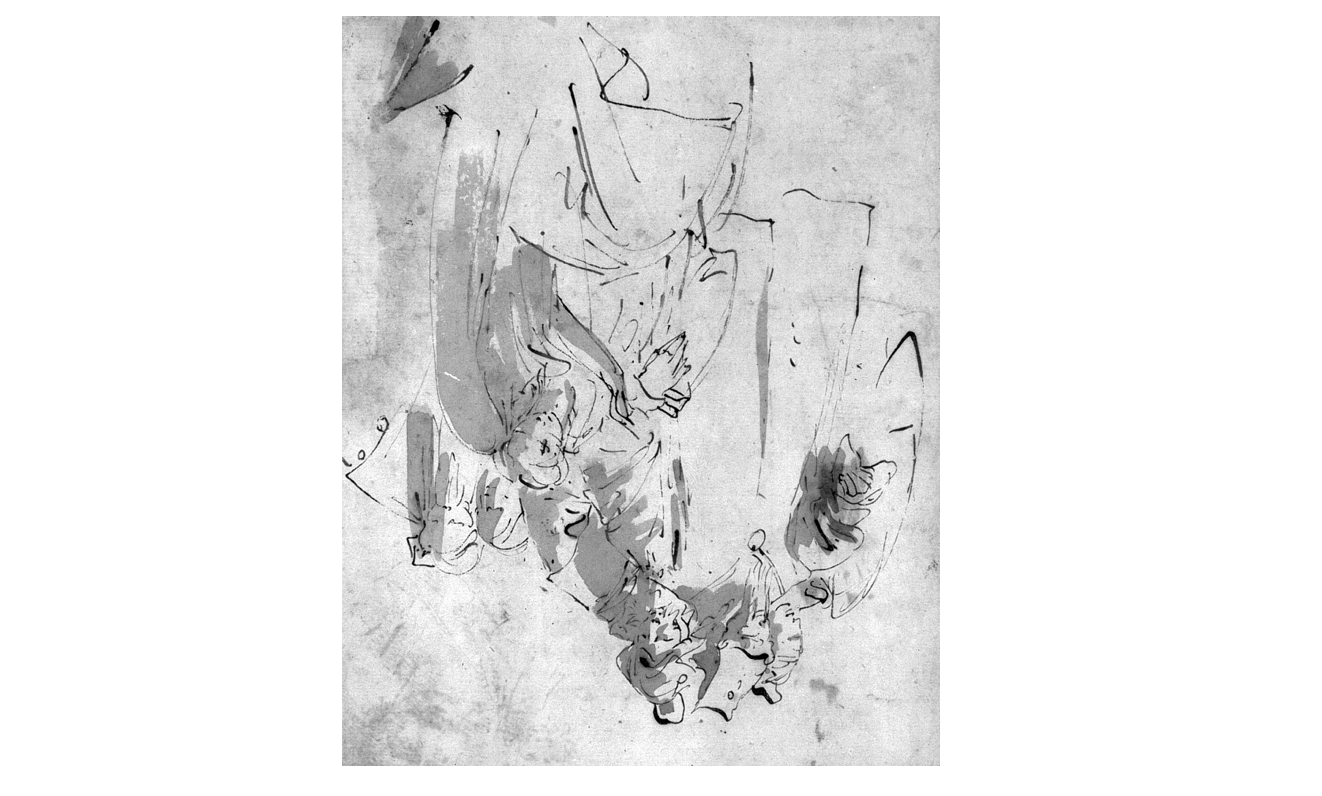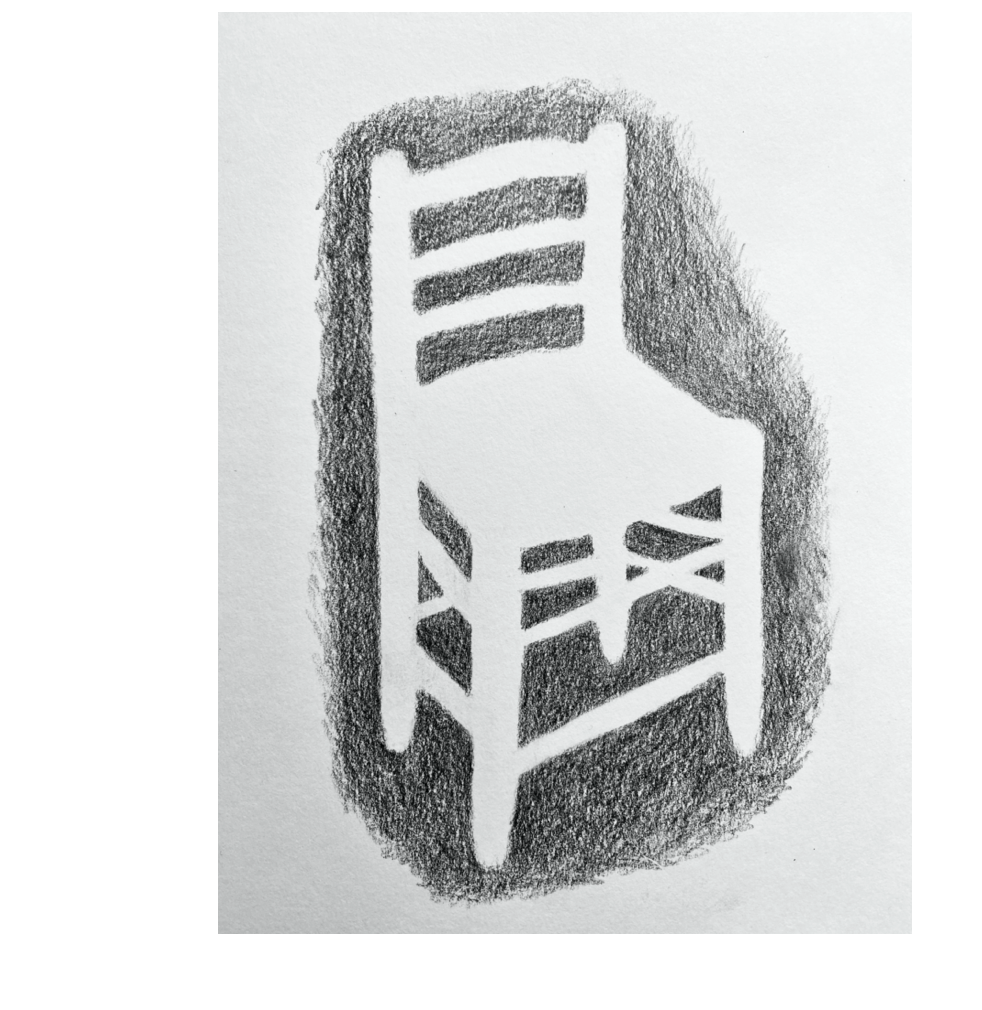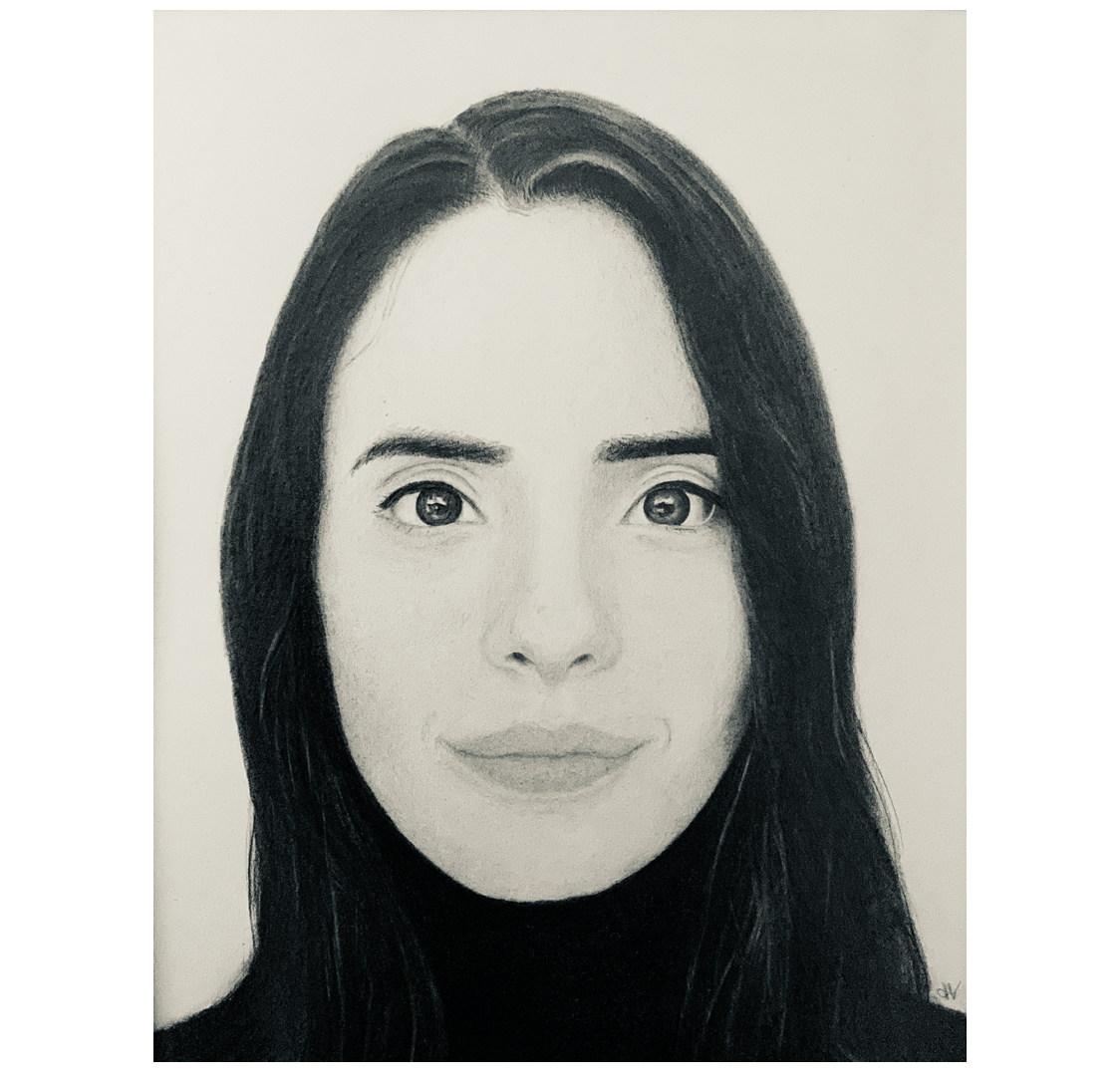drawing on the right side of the brain workbook
How To Draw On The Right Side Of Your Brain
Why you think you can't draw and what to do about it
![]()
"I cannot tell you how happy I am that I have taken up drawing again. I had been thinking about it for a long time, but always considered it impossible and beyond my abilities"
The above quote is taken from a letter written by Vincent van Gogh to his younger brother Theo in 1880.¹ 1880 marked the year when van Gogh started his (short) painting career — he was 27 years old at the time.
I picked this quote because it really sums up what this article is about: whatever your age or background or what your Arts Teachers told you, learning to draw is independent of talent and everyone can learn it.
Not everyone can become the next van Gogh of course. But the good news is that no matter your current skill level, with some practice you'll be able to improve your drawing skills substantially. In this article I want to give you one piece of advice if you want to become better at drawing: learn how to draw negative spaces.
This article is inspired by the book Drawing on the right side of the brain by Betty Edwards², which I highly recommend reading. It contains a lot more theory and practical tips, which greatly improved my drawing ability after I read it some years ago.
We all know how to draw
Drawing doesn't come naturally to all of us. Nevertheless, as kids most of us learned the basics: pick up a pen, put it down on a piece of paper and move it around.
As kids we progressed quickly. Soon we got the handle on how to draw different shapes and make use of different colours. Our parents loved it, encouraged us to go on. Maybe they even taught us how to draw a face like this: 1 big round circle, 2 small circles for the eyes, 1 line for the nose, and 1 more for the mouth.
At a young age, we learned to build abstractions of what we saw in the real world. For example we can group together things like fingers, sun rays and tree trunks because they can all be represented by the abstract concept of a line. Similarly, eyes, torsos, faces are expressions of the abstract concept of a circle.
Being able to form abstractions is incredibly useful. Rather than thinking about what things mean or what they look like exactly, we can use fast short cuts: if you see that there is a big red object on 4 wheels quickly approaching, you might want to think "car!" instead of standing on the street appreciating the interplay of light & shadow on the bonnet. In less dramatic terms, forming abstractions is great because it's linked to complexity reduction, conceptual thinking and problem solving³.
It's also useful when you're trying to draw someone's face from memory. Draw Dad? Circle, circle, circle, line, line. Mum? Circle, circle, circle, line, line. Unfortunately, for most of us, this is where it stopped.
At some point we stopped progressing
Skills other than drawing became more important. We entered school and had a whole range of subjects to study. Most of them required us to think analytically. For example, we learned that symbols like words and numbers can stand for something else. This allowed us to read, write, summarise and analyse text and to carry out calculations.
"Albert Einstein called the intuitive or metaphoric mind a sacred gift. He added that the rational mind was a faithful servant. It is paradoxical that in the context of modern life we have begun to worship the servant and defile the divine."⁴
As we grew up, we tended to be getting rewarded for training our analytical skills like:
- The ability to express verbally lines of thought in a clear and concise manner.
- Knowing the facts, to reason on them and draw logical conclusions.
- Abstract information, using symbols as variables for something else, following procedures, carrying out operations and proving theorems.
Why you think you can't draw
In an analogy to the 2 hemispheres of the human brain, Betty Edwards distinguishes between performing a task in L-mode or in R-mode. For example, for 98% of right handers (and two thirds of left handers) language and language related capabilities are located in the left hemispheres. This is supported by for example the split brain experiments⁵ carried out by Roger Sperry.
Irrespective of where in the brain certain activities are carried out, Edwards considers the ones I mentioned above (the rational, analytical, procedural) L-mode activities.
What then are R-mode activities?
- Perceiving the non-verbal, visual, how things really are in the current moment in their current context.
- The non-rational & imaginative, the willingness to go against reason or facts.
- Seeing all things at once, their location, how they are related to each other, holistically and in all their complexity.
As you can imagine, drawing is largely an R-mode activity.
The problem when trying to draw a perception is that the fast, left side of your brain jumps in by default if it thinks it's suited for the task. As mentioned earlier, this is incredibly useful in many situations, but not if your task is to draw what is in front of you.
For example, if you're trying to draw a portrait, what you really want to do is draw exactly what you see — an R-mode skill. But what's most likely going to happen is that your left hemisphere takes over and gives your hands the wrong instructions: when you look at the nose, your left brain will say "Hey, I recognise this, it's a nose. Hand: draw this abstract form of a nose — it's easier!".
The result is that what you draw doesn't really resemble reality. It's more like a piecemeal of abstract concepts that your left brain conveniently compiled for you. Your drawings probably look a lot like those of a 12-year old. But that's not because of a lack of talent — it's merely because you haven't trained your drawing skills since you were 12.
Trick your brain
The key to improving the quality of your drawings is not to work on your actual drawing skills themselves (although improving your technique is of course always helpful). The lowest hanging fruit is to change the way you perceive what you want to draw — to perform a mental shift from L-mode to R-mode.
Unless the left side of your brain really dislikes the job it will happily do it. So let's change the task slightly such that your left brain half finds it too cumbersome and will therefore turn it down. This will give your right brain the chance to take over!
One way to achieve this is to simply rotate the object that you're trying to draw by 180 degrees (assuming you're not working with a life model, or your model is good at handstands).
Take for example a photograph of Barack Obama, arguably a well known person. Most people would be able to straight away recognise him on the left (upright) photograph. Most people would probably also recognise him on the right (upside down) version, but it would take them ever so slightly longer. Turning objects upside down makes them confusing. Everything looks a bit strange and it takes some mental effort to rotate the image back to the original.
If you're not convinced, take a more complicated example, a drawing by Giovanni Battista Tiepolo. I rotated it, which makes it really difficult for me to tell what's going on. Can you recognise anything without turning your screen?

When turning an object upside down, your left brain half can't quickly attach a label to it. The more confused it is, the more likely that it will refuse to perform the task and let your right brain half do it. That's great, because your right hemisphere is better at perceiving things as they really are. So chances are that your hands will receive the correct instructions: to draw what you actually see. You performed the shift from L-mode to R-mode.
I encourage you to try this out. Look for a black and white photograph or drawing, turn it upside down and just try to draw it. The more complicated the photograph/painting/drawing the better, because when turned upside down, it will then be even more difficult for your left brain to tell what it is you're drawing, and so there'll be less interference.
For comparison you might also want to draw the same thing upright. You'll be surprised by how much better (more like the original) the upside down one looks when you're done.
Learn how to draw negative spaces
If you did give it a go, I am curious to hear what you think about the result. When I first did this exercise while reading Betty Edwards' book I was really amazed at how big an effect tricking your brain like this can have on the quality of your drawings.
Flipping the object you want to draw upside down is an amazing trick, and I often use it when drawing. In fact I sometimes rotate it less than 180 degrees ("sideways") just to look at it from a different angle and compare the shapes and proportions of what I'm drawing.
However, this trick is not always possible, for example when you're life drawing. In situations like that it would be great if you could "mute" your left brain hemisphere and get the benefit of letting the right side of your brain take over.
Luckily, there is a technique you can learn to sufficiently confuse your left brain half sufficiently while drawing something in an upright position: to draw negative spaces.

The basic idea is simple: there are negative spaces and positive forms. If you're trying to draw a portrait, positive forms would be things like eyes, the nose, lips and eyebrows. And negative spaces are the areas in between those positive forms. So they are really 2 sides of the same coin — if you draw positive forms, you automatically draw the negative spaces at the same time and vice versa.
See for example my sketch on the left. By drawing the negative spaces around the chair, I also drew the chair itself.
How does drawing negative spaces help you create better drawings? For the same reason that drawing something upside down helps you to create better drawings. The space in between someone's eyes and their nose doesn't look like anything your left brain half has a label for. So your left brain can't really deal with this task which enables you to shift into R-mode and have a good shot at drawing it the way it is.
Concluding remarks
To sum up, drawing is a skill that can be learned like any other. There is a simple explanation for why most people struggle to create realistic drawings: we stopped practising the skill of drawing, or rather the skill of perceiving things, when we were kids.
To see what impact perceiving things differently can have, try drawing something upside down — you will be surprised by the results! The trick is to confuse the left side of your brain by giving it a task it can't handle: to draw something it cannot easily recognise. A more workable solution than drawing upside down is learning to draw negative spaces.
Drawing negative spaces is only one of the key skills Betty Edwards mentions in her book, but to me it was the most eye-opening and important one. If you want to take it further, take a look at the full book.
Learning how to draw is a long process and I too am somewhere in that process. Sometimes I draw upside down, sometimes not, sometimes I draw negative spaces and sometimes I draw the actual positive forms. Sometimes my drawings turn out nice, and other times not so much. I want to conclude with a drawing which turned out nice, and which was a birthday present for a friend of mine.
Happy drawing everyone!

drawing on the right side of the brain workbook
Source: https://medium.com/swlh/how-to-draw-on-the-right-side-of-your-brain-cfe620995dc4
Posted by: tanneronsch1951.blogspot.com

0 Response to "drawing on the right side of the brain workbook"
Post a Comment